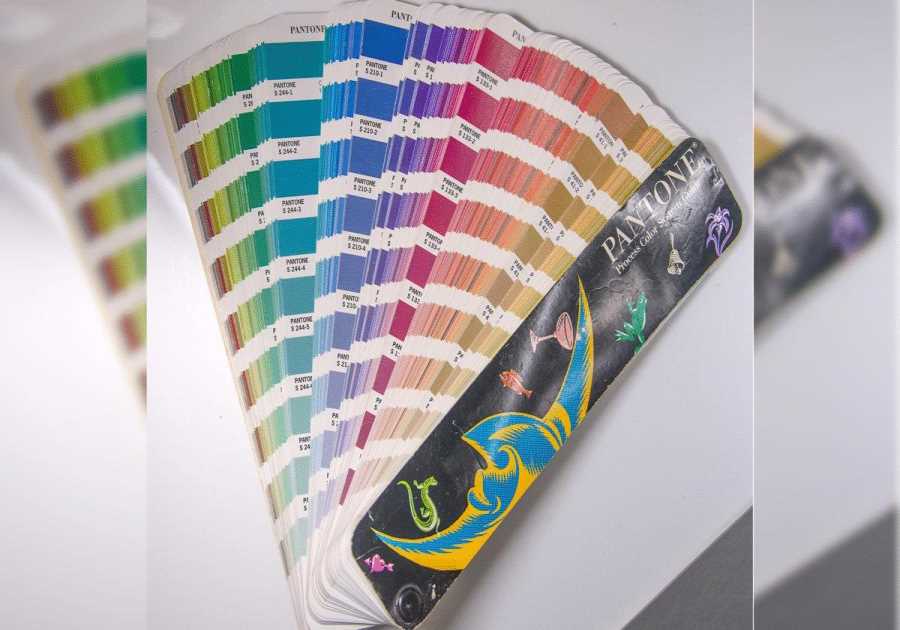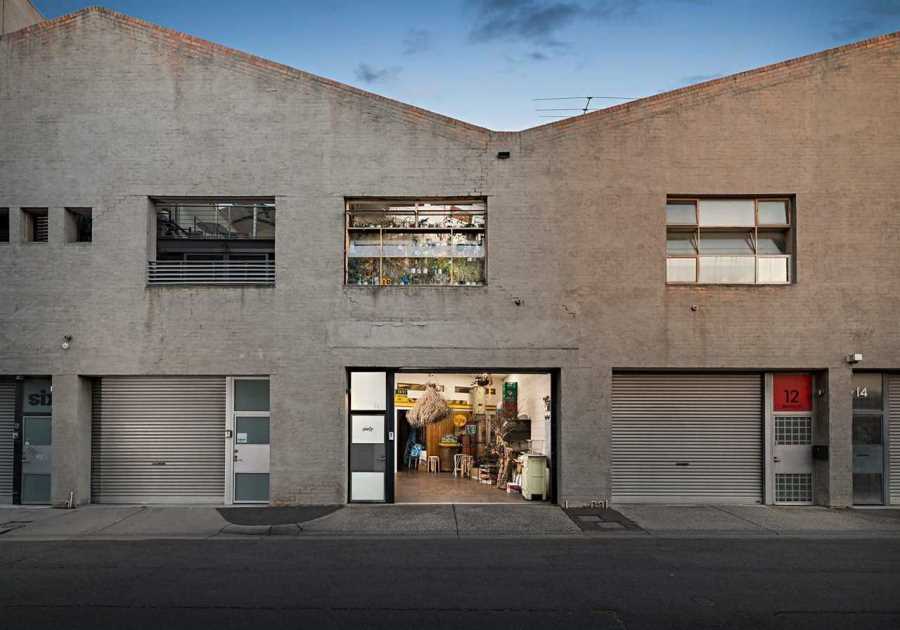Introduction
A bubble flare is a fundamental skill every automotive enthusiast or mechanic should master to ensure the integrity and safety of a vehicle’s braking system. Whether you’re a DIY enthusiast seeking to enhance your automotive expertise or a seasoned professional looking for a refresher, understanding how to make a bubble flare is essential for reliable brake line connections.
A bubble flare is a type of brake line connection that creates a small, rounded protrusion at the end of the brake line, forming a strong and leak-resistant joint. This method of flaring is widely used in modern vehicles due to its superior sealing properties and ability to withstand high-pressure braking systems. If you’re interested in learning more about bubble flares and their importance in maintaining reliable brake line connections, you can visit bubbleslidess.com. Whether you’re a DIY enthusiast seeking to enhance your automotive expertise or a seasoned professional looking for a refresher, understanding how to make a bubble flare is essential. By following the step-by-step guide and taking the necessary safety precautions, such as wearing appropriate safety gear and working in a well-ventilated area, you can confidently create bubble flares that meet industry standards and ensure the safety of both yourself and others on the road.
Properly made Bubble slides will not only improve the efficiency of your vehicle’s braking system but also contribute to overall road safety and peace of mind while driving. Additionally, if you’re wondering about specific footwear while working on your car, you might ask yourself, ‘Do Yeezy slides run small?’ Remember to prioritize comfort and safety for your feet as well
We will delve into the step-by-step process of creating a bubble flare, covering everything from selecting the right materials and tools to implementing essential safety precautions. You’ll learn about the various types of brake lines and fittings used in automotive systems, the importance of choosing the correct flare type for your specific application, and the significance of using high-quality tools to achieve accurate results.
Safety is of paramount importance when working with any automotive system, especially the braking system, as it directly impacts vehicle control and passenger safety. That’s why we’ll also discuss essential safety measures, including proper handling of brake fluid and the setup of a safe working area.
Understanding the Bubble Flare: Definition and Purpose
A bubble flare is a specific type of brake line connection widely used in automotive applications for its exceptional sealing capabilities and reliability. This unique flaring technique creates a small, rounded protrusion at the end of a brake line, forming a bubble-like shape that ensures a tight and leak-resistant joint.
The primary purpose of a bubble flare is to establish a secure connection between the brake line and the brake caliper or wheel cylinder. The bubble shape of the flare allows the brake line to sit snugly against the corresponding component, minimizing the risk of fluid leaks and maintaining consistent brake pressure during operation. As a result, bubble flares are favored in modern automotive brake systems due to their ability to withstand high-pressure environments, enhancing overall braking performance and safety.
Compared to other types of flares, such as the single flare or double flare, bubble flares are known for their superior strength and resistance to vibration and stress. This robust design makes them suitable for various applications, including hydraulic brake systems in cars, trucks, and motorcycles.
As a fundamental skill for automotive enthusiasts and mechanics, understanding the definition and purpose of the bubble flare lays the foundation for achieving reliable and long-lasting brake line connections, ensuring safe and efficient vehicle braking operations.
Advantages of Bubble Flares Over Other Flare Types
Bubble flares offer several advantages over other flare types, making them a preferred choice in modern automotive brake systems. Here are the key advantages of bubble flares:
Superior Leak Resistance: One of the primary advantages of bubble flares is their exceptional sealing ability. The bubble shape creates a tight and secure connection between the brake line and the brake caliper or wheel cylinder, significantly reducing the risk of fluid leaks. This leak-resistant design ensures consistent brake pressure and enhances the overall safety and reliability of the braking system.
Enhanced Strength: Compared to single flares and even double flares, bubble flares exhibit higher strength and resistance to mechanical stresses and vibrations. This makes them suitable for withstanding the demanding conditions of automotive applications, providing a robust and long-lasting brake line connection.
Compatibility with High-Pressure Systems: Bubble flares are well-suited for use in high-pressure hydraulic brake systems. Their ability to handle elevated pressure levels without compromising integrity ensures smooth and efficient brake performance, even during heavy braking or emergency situations.
Easy Visual Inspection: The distinct bubble shape of the flare allows for easy visual inspection. Mechanics and enthusiasts can quickly identify bubble flares, check for imperfections, and ensure the brake line is securely connected, simplifying maintenance and troubleshooting procedures.
Versatility: Bubble flares can be used with various brake line materials, such as steel, copper, or even certain types of plastic tubing, providing flexibility in brake system design and construction.
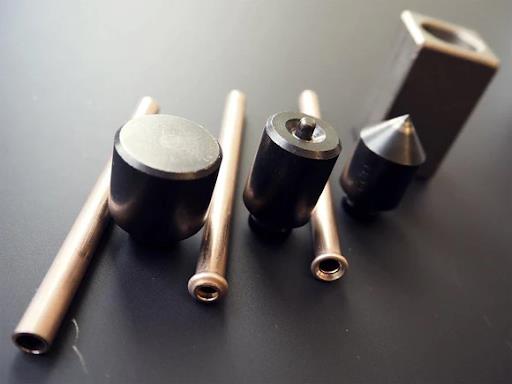
Types of Brake Lines and Fittings for Bubble Flares
When it comes to bubble flares, there are various types of brake lines and fittings used in automotive applications. Each type is designed to cater to specific needs and requirements, ensuring a reliable and efficient brake system. Here are the key types of brake lines and fittings commonly used for bubble flares:
Steel Brake Lines: Steel brake lines are the most common type used in automotive applications. They offer excellent durability, corrosion resistance, and high strength, making them suitable for heavy-duty and high-pressure brake systems.
Copper-Nickel Brake Lines: Copper-nickel brake lines are known for their superior corrosion resistance and malleability. They are often used in areas with harsh weather conditions or high salt exposure, providing longevity and reliability.
Stainless Steel Brake Lines: Stainless steel brake lines offer a balance of strength, corrosion resistance, and flexibility. They are commonly used in performance and racing applications, where precise brake response is critical.
Polymeric Brake Lines: Polymeric brake lines are made from special plastic materials designed to withstand the demands of automotive brake systems. They are lightweight and resistant to corrosion, making them suitable for specific vehicle models.
Flare Fittings: Bubble flares require specific flare fittings to create a secure connection. These fittings come in various sizes and thread types to match the corresponding brake line and caliper or wheel cylinder.
Choosing Suitable Fittings and Adapters for Bubble Flares
Choosing suitable fittings and adapters is a crucial aspect of creating reliable bubble flares in automotive brake systems. These components are instrumental in establishing a secure connection between the brake lines and various brake system elements. Here are some essential factors to consider when selecting fittings and adapters for bubble flares:
Size and Compatibility: The most critical consideration is ensuring that the fittings and adapters match the size and type of the brake lines being used. Proper matching ensures a seamless fit and a leak-resistant connection, avoiding potential brake system malfunctions.
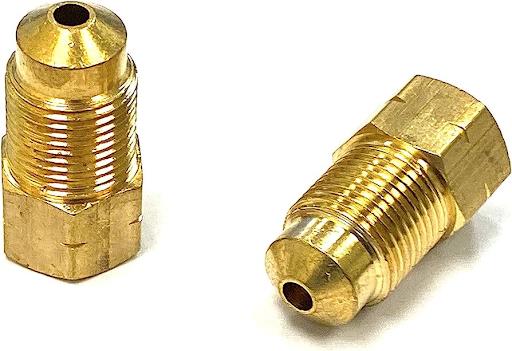
Material and Corrosion Resistance: Opt for fittings and adapters made from materials with excellent corrosion resistance. Stainless steel and brass are commonly used due to their ability to withstand harsh environmental conditions, preventing premature deterioration.
Type of Bubble Flare: Different vehicles and brake systems may require specific types of bubble flares, such as metric or SAE flares. Ensure that the fittings and adapters are compatible with the chosen bubble flare type for a successful connection.
Thread Type: Pay attention to the thread type of both the fittings and adapters. Whether it’s metric, SAE, or another thread type, matching the threads correctly is vital for achieving a snug and secure connection.
Quality and Brand Reputation: Invest in high-quality fittings and adapters from reputable manufacturers. Trusted brands often offer products that adhere to industry standards, ensuring reliability and durability in the braking system.
Customization and Versatility: Consider fittings and adapters that offer customization options or versatility in their application. This allows for flexibility in brake line routing and system design, accommodating various vehicle configurations.
Step-by-Step Guide to Removing Old Brake Lines
Removing old brake lines is a crucial first step when replacing or upgrading a vehicle’s braking system. Following a systematic approach ensures a safe and efficient removal process. Here’s a step-by-step guide to help you remove old brake lines:
Lift the Vehicle: Begin by raising the vehicle using a jack and supporting it securely on jack stands. Ensure that the vehicle is stable and won’t shift during the removal process.
Locate the Brake Lines: Identify the old brake lines running from the master cylinder to the calipers or wheel cylinders. Inspect the entire length of the brake lines for any signs of damage or corrosion.
Prepare for Fluid Loss: Brake fluid will leak out during the removal process, so place a drain pan or container underneath the area where you’ll be disconnecting the brake lines to catch any spills.
Loosen the Fittings: Use an appropriate wrench or line wrench to gently loosen the fittings connecting the brake lines to the calipers or wheel cylinders. Avoid applying excessive force to prevent damaging the fittings.
Remove the Brake Line Clips: Look for any clips or brackets securing the brake lines to the vehicle’s chassis. Remove these clips carefully to free the brake lines from their mounting points.
Support the Brake Lines: As you remove the fittings, support the brake lines to prevent unnecessary strain on other components.
Cap or Plug the Open Ends: Once the old brake lines are removed, immediately cap or plug the open ends to prevent brake fluid from spilling and air from entering the brake system.
Dispose of Old Brake Lines: Properly dispose of the old brake lines following local regulations for the disposal of hazardous automotive materials.
Dealing with Leaks in Bubble Flare Connections
Dealing with leaks in bubble flare connections is crucial to maintaining the integrity and safety of the vehicle’s braking system. Leaks can lead to reduced brake performance, loss of fluid pressure, and potential brake failure, posing a significant risk to both the driver and passengers. Here’s a comprehensive approach to address and resolve leaks in bubble flare connections:
Identify the Leak Source: Carefully inspect the brake lines and fittings to identify the source of the leak. Look for signs of fluid seepage, dampness, or discoloration around the flare connection.
Tighten the Fittings: In many cases, a leak can be caused by loose fittings. Use an appropriate wrench to gently tighten the fittings, ensuring they are snug but not over-torqued, which could damage the flare.
Inspect the Flare: Examine the bubble flare itself for imperfections, cracks, or irregularities. If the flare is damaged or improperly formed, it must be remade to ensure a proper seal.
Replace Faulty Fittings: If tightening the fittings doesn’t resolve the leak, the fittings themselves might be faulty. Replace them with new, compatible fittings made from high-quality materials.
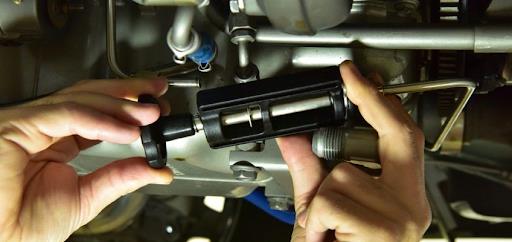
Apply Sealant: In some instances, a small amount of thread sealant can be applied to the fitting threads before assembly to improve the seal and prevent leaks.
Check for Corrosion: Corrosion can weaken the flare connection and lead to leaks. If you notice signs of corrosion, consider replacing the affected components.
Bleed the Brake System: After addressing the leak, bleed the brake system to remove any air that might have entered during the repair process. Properly bleeding the brakes ensures optimal brake performance.
Conduct a Test Drive: After addressing the leak and bleeding the brake system, take the vehicle for a test drive to ensure the braking system functions correctly without any signs of leaks or abnormalities.
Preventive Maintenance for Brake Lines and Flares
Preventive maintenance for brake lines and flares is essential to ensure the safety and reliability of a vehicle’s braking system. Regular inspections and proactive measures can help identify potential issues early on, preventing costly repairs and potential accidents. Here’s a comprehensive guide to performing preventive maintenance for brake lines and flares:
Regular Inspections: Schedule periodic inspections of the brake lines and flares to check for signs of wear, corrosion, or damage. Look for leaks, discoloration, or any irregularities in the flare connections.
Check Brake Fluid Levels: Monitor the brake fluid reservoir regularly and ensure it is at the recommended level. Low brake fluid can lead to air entering the system, compromising braking performance.
Address Rust and Corrosion: Keep an eye out for rust or corrosion on brake lines, especially in areas with harsh weather conditions. Clean the affected areas and apply a protective coating to prevent further corrosion.
Replace Damaged Components: If you notice any signs of damage or degradation during inspections, replace the affected brake lines, fittings, or flares immediately to maintain a reliable braking system.
Tighten Fittings: Periodically check and ensure that all fittings are securely tightened to prevent leaks and maintain a proper seal.
Conclusion
In conclusion, learning how to make a bubble flare is a valuable skill for anyone working with brake systems or automotive repairs. Mastering this technique ensures the creation of secure and reliable brake lines that can withstand the rigors of everyday driving. By following the step-by-step guide and taking the necessary safety precautions, you can confidently create bubble flares that meet industry standards and ensure the safety of both yourself and others on the road. Remember to practice patience and precision, as achieving a proper bubble flare requires attention to detail. With practice and dedication, you’ll be able to execute bubble flares with ease and confidence, contributing to the overall performance and reliability of your vehicle’s braking system.
Frequently Asked Question(FAQ)
Which is better: double flare or bubble flare?
Although they look a lot alike, the double flare is much stronger and can hold more pressure built up inside the braking system.
What is a bubble flare?
Double and bubble flares are the two different kinds of brake lines you want to make when replacing brake lines yourself. Your vehicle’s brake line specifications will dictate the type you purchase. Some vehicles will need bubble flared brake lines and others will need double flared brake lines.
What is a bubble flare, and why is it important in automotive brake systems?
A bubble flare is a specific type of brake line connection that creates a rounded protrusion, providing a secure and leak-resistant joint. It is essential in brake systems to ensure reliable and safe braking performance.
How does a bubble flare differ from other types of flares?
Unlike other flares like single or double flares, the bubble flare offers superior leak resistance and strength, making it suitable for high-pressure brake systems.
What materials are commonly used for brake lines in bubble flares?
Steel, copper-nickel, stainless steel, and certain polymeric materials are commonly used for brake lines in bubble flare connections.
You may be interested in: Hydraulic Brake VS. Mechanical Brake, Which Is Better?
------------Read More
By: Alexander Joe
Title: How To Make A Bubble Flare
Sourced From: marketbusinessnews.com/how-to-make-a-bubble-flare/344331/
Published Date: Mon, 21 Aug 2023 21:02:01 +0000
.png)


